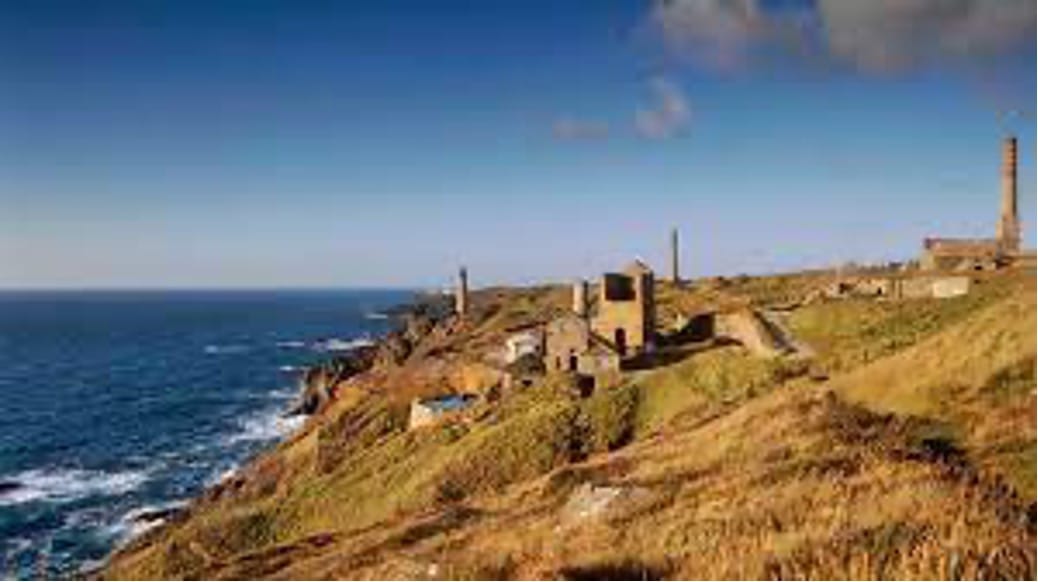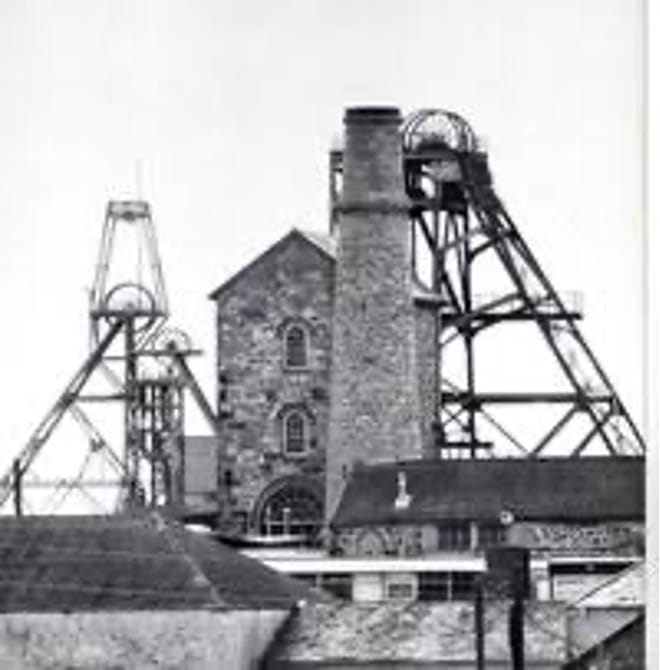August 30th, 2023
In the latest figures, Cornwall emerges as the poorest region of England. House prices are high, being inflated by second homeowners and Airbnb. Airbnb records 20,688 active rentals in 2022 and this, along with the demand for second homes, has inflated property prices throughout the county. Even in seriously deprived areas such as Camborne and Redruth house prices are beyond the means of first-time buyers.
This situation has made recruitment into the NHS at the main (only) hospital difficult as the new recruits find it almost impossible to obtain accommodation, either rented or purchased. This partly explains why ambulance response times for such issues as cardiac events, patients still breathing, of up to 8 hours are not unusual.
The average response time in Cornwall for ‘Category 2 ambulance calls’ was three hours 38 minutes. They say one in ten patients in this category waited nine hours 39 minutes or longer. The actual target for 90% of cases to have been responded to is 40 minutes.
Category two is for “emergency calls” – for conditions such as heart attacks and strokes. The target is 18 minutes.
The Falmouth Packet 27 January 2023.
On arrival at the hospital, triage is carried out and this is dependent on the ability of A&E to accept the patient. In the cardiac unit, only certain treatments are carried out, so if for example a bypass operation is needed then a transfer is sought to a different hospital. If lucky the patient is sent to Plymouth, but often it is Oxford or London. This could result in the patient becoming a bed blocker for up to two weeks or more, putting pressure on admissions into the Royal Cornwall Hospital (RCH). Transfers are complicated by the fact that when a bed is available in an alternative hospital, ambulance transfer may not be available. This is all very limiting in bed capacity and ambulance availability at RCH.
Given the influx of tourists, at the height of the season, the hospital is under severe pressure, being under capacity and under-staffed. To say it is a shambles is an understatement.
However, there is a glimmer of hope on the horizon. Cornwall was once a world centre for tin and copper mining. The whole county is littered with derelict winding houses.


Given the tensions between the USA and China in the electronics and IT industries and movement away from reliance on China for electronic products and rare metals such as lithium, the world is searching for alternative supplies. This is producing opportunities for Cornwall.
One mine is South Crofty, which opened in 1592 and closed in 1998. When it closed, in 1998 tin was US$4,000 per tonne; now it is about $20,000 a tonne and is predicted to reach $30,000 in a few years. It is now reopening as the tin reserves have been shown to be viable and profitable.

In addition, they have discovered deposits of tungsten and lithium. Cornwall has the largest lithium deposits in Europe, currently estimated at 161,000 tonnes.
Cornwall hosts the largest lithium supply deposit in Europe. It has a “huge advantage in both geothermal and lithium” because the granite which extends all the way from Dartmoor in the east to the Isles of Scilly is one giant lithium-enriched granite body.
“Importantly, this granite is heavily fractured. It’s not a homogenous body of granite, it’s been smashed up by tectonic movement over the last 300M years.”
There are fractures that go north to south, and there is also a subset of fractures that go from east to west, which allow the geothermal waters to interact with the granite. When the lithium comes into contact with water, it dissolves, and the lithium leaks out of the minerals in the granite called micas.
Source Ground Engineering 23 September 2022.
At depths of 2,000 metres, the mine reaches water.
The water pumped from these boreholes “cannot generate power; it’s not hot enough, but we can generate heat at around 80°C”, which could be used for heating houses and local businesses in Cornwall. (Ibid).
All this is very encouraging, and fundraising is taking place on the money markets, with positive forecasts that it will be more than successful. The mine is in Pool, Camborne which is probably the poorest part of Cornwall. The impact on jobs and incomes will be positive, but there are dangers in the development. It will put increased demand on the infrastructure. How on earth will the hospital cope with an influx of workers? Will it increase competition for the already limited supply of housing?
There is talk of controlling the second home market by increasing the rates on second homes and looking at licensing (for a fee) the Airbnb providers. So there is a lot to consider for the development of the County, and how the council handles it will have an impact on the local economy and lifestyle.








